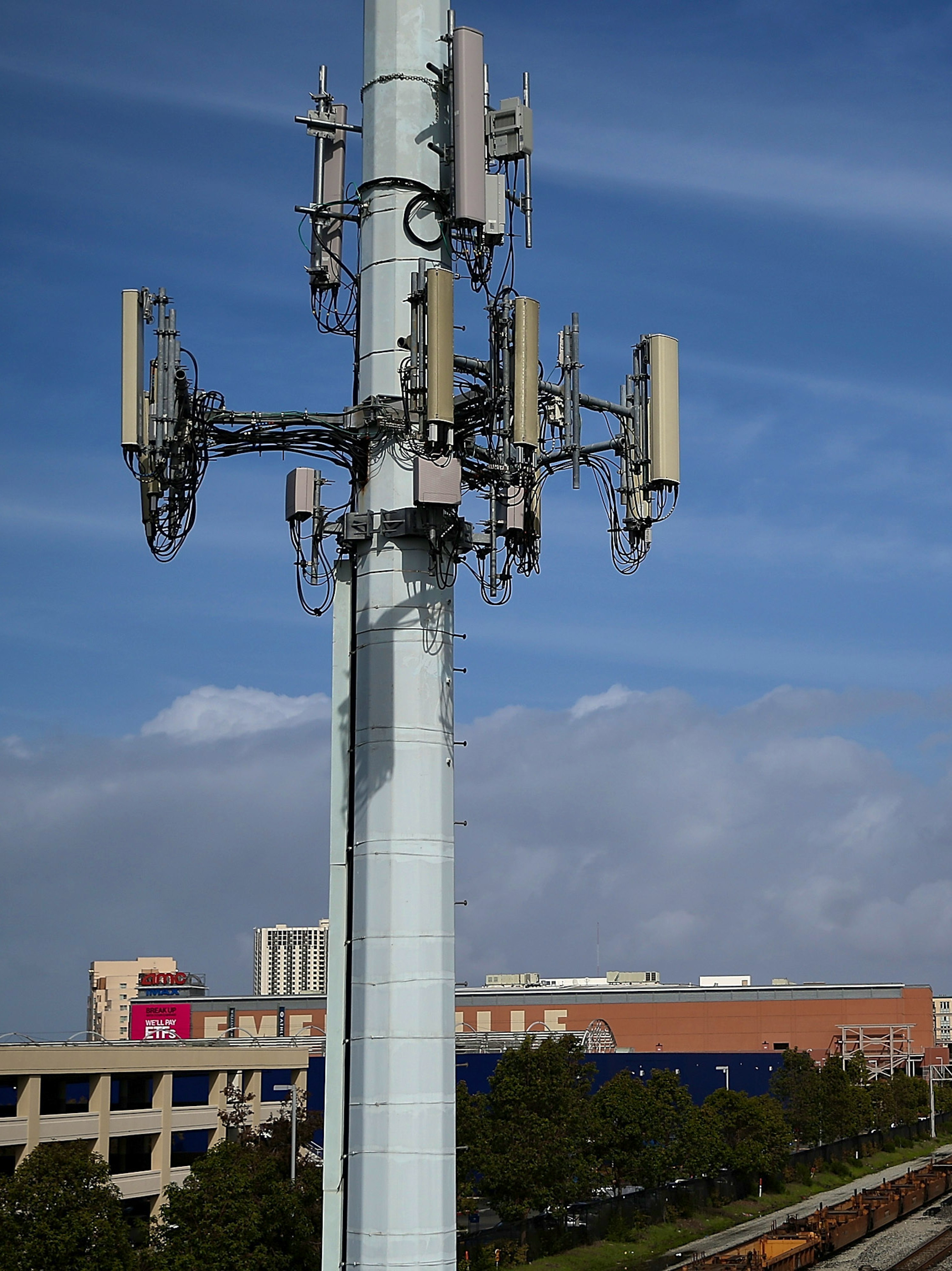In what is a safe distance from a 5g cell tower that you? ve ever strolled through the community, you may possess spotted small mini 5G cell towers on street lighting poles. These appear like small boxes, but they? re also really transmitting wireless signals from mobile carriers to your current phone.
These smaller sized, purpose-built cell systems are replacing bigger, purpose-built ones. Although less obvious, they will may nevertheless create issues for individuals.
The particular FCC? s Rays Exposure Thresholds
Typically the Radiation Exposure Thresholds of the FCC establish the secure distance from which usually a person can be exposed to electromagnetic radiation from cordless devices. The publicity limitations are based on scientific facts indicating that RF energy may end up being hazardous to individuals health.
The precise consumption rate (SAR) quantifies the radiofrequency energy absorbed by tissue. It is normally 1. 6 w per kilogram, averaged across one gram of tissue.

However, since what is a safe distance from a cell tower transmits at higher eq, it may cause more energy strength on the skin and other immediately revealed body parts. what is a safe distance from a 5g cell tower may result in a new variety of feasible consequences, such because the accelerated enhancement of skin health problems such as hautentzündung, skin cancer, plus cataracts.
Due of the potentially extreme consequences of 5g radiation, PSU has opted to impose a general local power density limit of 4 mW/cm2 averaged over 1 cm2, and not necessarily to exceed thirty minutes, for many 5G services at 3000 GHz. This enclosed limit is regular with the maximal spatial-average SAR involving 1. 6 W/kg averaged across one g of cells at 6 GHz.
The FCC? s Maximum Exposure Thresholds
If you've actually used a cell phone, an individual surely realize that an individual must be a minimum of 400 meters away from the tower for security. This is expected to the truth that the tranny strength of the cellular tower grows significantly with distance.
While this may appear such as a wonderful concept, the fact is that individuals living all around may be may be even more prone to well being issues. A 2014 research in Asia, for instance, pointed out that persons which resided within 50 meters of portable towers had greater health concerns than those who were living farther away.
However, this research also revealed that symptoms returned to typical in just a few days and nights for persons that relocated to areas distant from mobile towers. Several experiments have indicated of which exposure to high amounts of radiofrequency electromagnetic fields (EMFs) may induce cancer, mind tumors, and various other health concerns.
RF radiation, which is used in cordless communication, may permeate the outermost layer of the human body, the skin. Typically the skin functions because a protective barrier against mechanical damage, infection by pathogenic bacteria, and typically the admission of dangerous chemicals. It will be responsible for conserving the integrity regarding other organs which is the biggest appendage in the human physique.
Minimum Exposure Thresholds of the FCC
The FCC's Minimum Exposure Thresholds are based on a number associated with unsupported scientific assumptions. They add the wrong notion that initial exposures to RF radiation secure outstanding to low sexual penetration into the body (i. e., tissue heating) (i. e., tissue heating).
Additionally, the assumption disregards the deeper transmission in the ELF pieces of modulated RF signals along with the effect of brief warmth bursts from pulsed RF waves. These assumptions usually do not align with the current knowledge of the biological effects of RF radiation; hence, they should not be utilized to build health-protective exposure boundaries.
Additionally , the ICNIRP and FCC confine their maximum coverage limits to local peak SARs centered on the maximum spatial specific intake rate (psSAR), which is an insufficient dosimetric technique for analyzing the degree of RF light exposure. Specifically, psSAR is incorrect in frequencies greater as compared to 6 GHz. Additionally, psSAR is not looked into for RF the radiation with co-exposure to other environmental components such as sunlight. Interactions between radiofrequency (RF) radiation and other environmental components may have fierce or synergistic effects. This would raise the likelihood of damaging health outcomes. Co-exposure to RF the radiation and sunshine, intended for instance, may raise the risk of skin area cancer and worsen other skin situations, for example acne.
